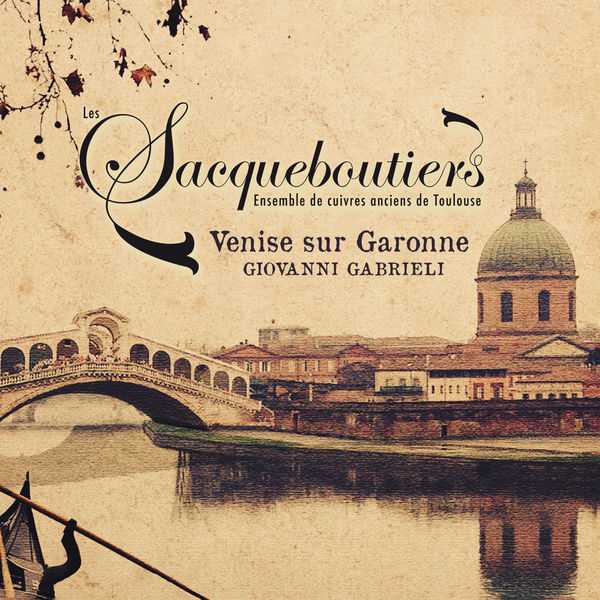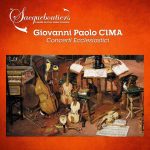

Composer: Giovanni Gabrieli
Performer: Les Sacqueboutiers de Toulouse, Jean-Pierre Canihac, Philippe Canguilhem
Format: FLAC (tracks)
Label: Flora
Catalogue: FLO3314
Release: 2014
Size: 786 MB
Recovery: +3%
Scan: yes
01. Canzon in echo duodecimi toni a 10, Ch. 180
02. Sonata pian e forte, Ch. 175
03. Canzon per sonar duodecimi toni a 10, Ch. 178
04. Canzon a 6, Ch. 197
05. Sonata a 14, Ch. 211
06. Canzon per sonar noni toni a 12, Ch. 183)
07. Canzon a 6, Ch. 198
08. Canzon a 12, Ch. 209
09. Canzon a 8, Ch. 202
10. Canzon a 12, Ch. 210
11. Canzon prima a 5, Ch. 195
12. Canzon septimi et octavi toni a 12, Ch. 182
13. Sonata per tre violini e basso a 4, Ch. 214
14. Sonata octavi toni a 12, Ch. 184
15. Canzon X a 8
16. Canzon I “La Spiritata”, Ch. 186
17. Canzon per sonar quarti toni a 15, Ch. 185
18. Canzon a 6, Ch. 196
19. Sonata a 22, Ch. 213
During the 16th century, in San Marco, Venice, two organs faced each other in the loft surrounding the choir. Both organist positions were occupied by famous musiciens such as Giovanni Gabrieli, pupil of his uncle Andréa, and Gioseffo Guami, a pupil of Adrian Willaert.
The location of these instruments allowed these musiciens to compose pieces for several groups of voices which were still called ‘choirs’. The part played by these ‘choirs’ became more important, and finally the composition of purely instrumental music resulted in the conception of magnificent ‘Canzoni’ whose style was progressively exported to the whole of 17th century Europe.
The programme ‘Venise sur Garonne’ (Venice on the Garonne river) gathers the most prominent pieces of work mostly devoted to cornetti and sackbuts and specially the ‘Canzoni’ requiring the largest number of instruments, up to 22 distinct voices distributed among 5 different choirs. This form of composition, highly appreciated during the baroque period, progressively disappeared with the emergence of the symphony orchestra.
Thanks to the magnificence of this Venetian repertoire, so representative of ancient brass instruments Les Sacqueboutiers naturally chose to pay tribute to the great polyphonist of this period, Giovanni Gabrieli.



